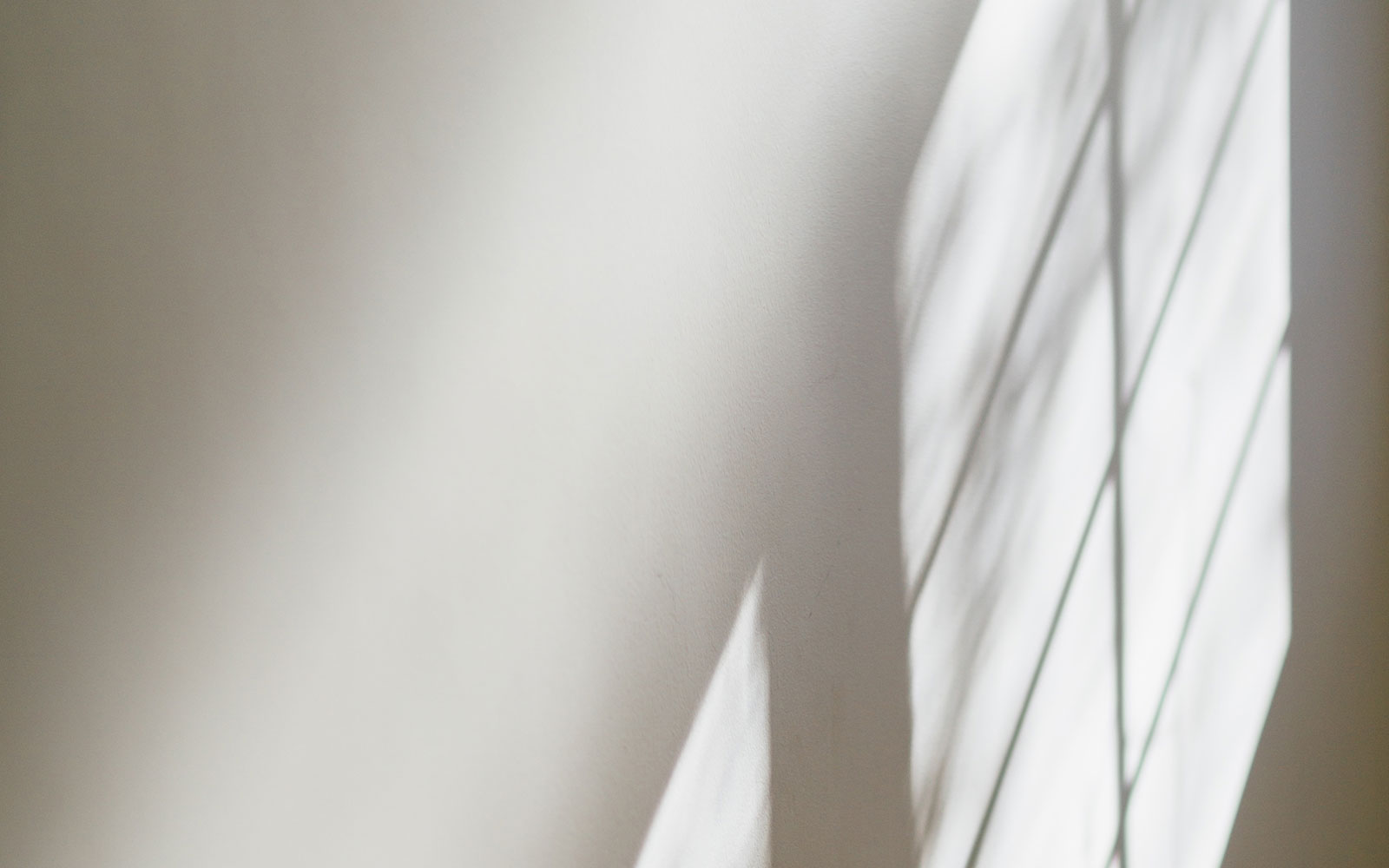Butterfly Effect – Commuter Glass
Designed to allow daylight to penetrate to the adjacent shop-fronts, the redevelopment of the Bankstown Bus Exchange in New South Wales, has transformed an otherwise unremarkable suburban shopping strip.
Using steel work crowned with high performance self-cleaning glass, the project has helped to convert a tangled and uninspired site, into a piece of public transport infrastructure that sees the light.

Project Background
Using a glass solution for the canopy was a given, almost a preconception, because it was absolutely the right answer. “The Seraphic Glass from Viridian produces a quite beautiful tree-like, dappled shade”, said Project Director, Michael Davies. “It was designed to allow daylight to penetrate to the shop-fronts and beneath the awnings and yet there was a requirement for shade and for these reasons we chose the seraphic pattern to provide a filtered light. A solid awning would have imparted a very different character to what we now have”.
There has been a tendency for visual clutter in projects of this type, with patterned paving, bulky shelters, bins and seat furniture. In contrast, the Bankstown redevelopment speaks of high visibility. Even the glass panels on the back of the shelters are subtlety incorporated by means of a cantilevered steel angle set into the paving and once again they enable the full width of the footpath to be apparent visually, providing a sense of security and enclosure for travelers.
“The benefit of using self-cleaning glass for the canopies is self evident”, added Michael “and it was one of the arguments I used in support of the Viridian product”.
